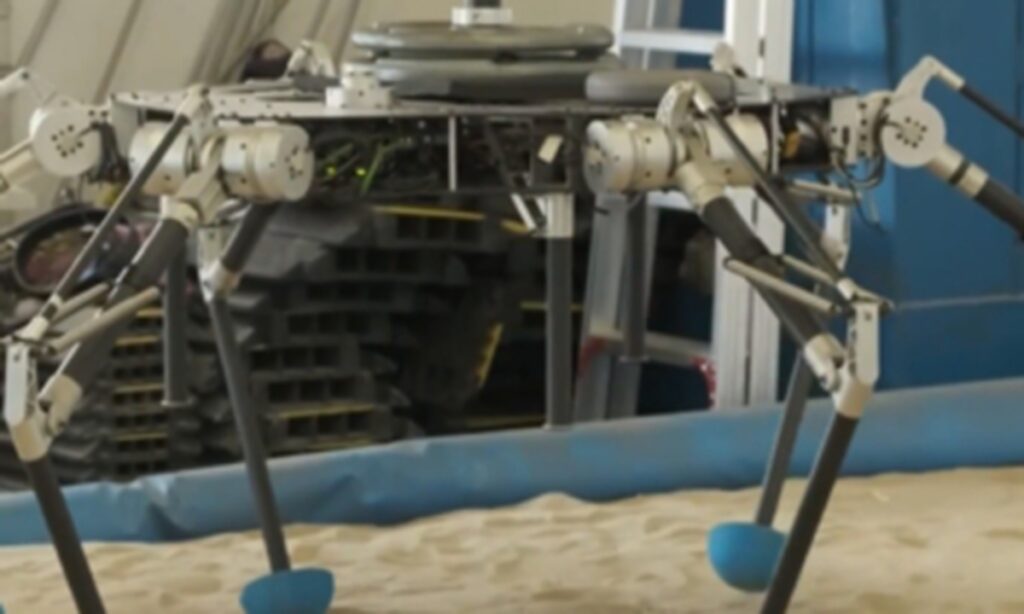China’s Innovative Six-Legged Robot: A Leap Toward Lunar Exploration
Chinese researchers are making significant strides in robotic technology with the development of a state-of-the-art hexapod robot designed for lunar exploration. This six-legged marvel promises enhanced stability, smoother motion, and impressive load-bearing capabilities, paving the way for groundbreaking advancements in the field.
How It Works
The hexapod robot operates uniquely by raising three legs at once while the other three legs form a stable triangular base for support. This design allows for superior stability, even in the unfortunate event of a leg malfunction. As Gao Feng, a professor at Shanghai Jiao Tong University, noted, this design allows for "fully controllable" movement, offering a robust solution to the challenges of navigating the lunar surface.
Aiming for the Moon
This development is part of a larger vision for lunar exploration. Gao mentioned the creation of an integrated landing and walking robot that signifies a major step forward in technology for lunar missions. Nestled within China’s ambitious lunar exploration program, the hexapod may soon play a key role in upcoming missions aimed at establishing the International Lunar Research Station (ILRS).
Upcoming Lunar Missions
According to the China National Space Administration (CNSA), two pivotal missions are on the horizon. The Chang’e-7 mission, scheduled for 2026, will focus on surveying the lunar South Pole to assess environmental conditions and resources. Following that, the Chang’e-8 mission, anticipated around 2028, will test technologies that are crucial for in-situ resource utilization—this is vital for any future lunar construction efforts.
Even more exciting, the ILRS is projected to be established by 2035. This ambitious project aims to provide a collaborative research environment for international space agencies, with the potential to revolutionize our understanding and capability in lunar exploration.
Why This Matters
The implications of these advancements extend beyond academic interest; they resonate with the hopes and dreams of humanity’s future in space. By enhancing our robotic capabilities, we are one step closer to not just exploring the moon but potentially living and working there.
Closing Thoughts
The journey to the moon is no longer just a fantasy—it’s a bold reality within our grasp. As we witness innovations like this six-legged robot, it’s clear that China’s commitment to advancing lunar exploration is full steam ahead. The AI Buzz Hub team is excited to see where these breakthroughs take us. Want to stay in the loop on all things AI? Subscribe to our newsletter or share this article with your fellow enthusiasts.
In conclusion, the fusion of robotics and space exploration paints a captivating future where our horizons continue to expand, inviting all of us to dream a little bigger.




